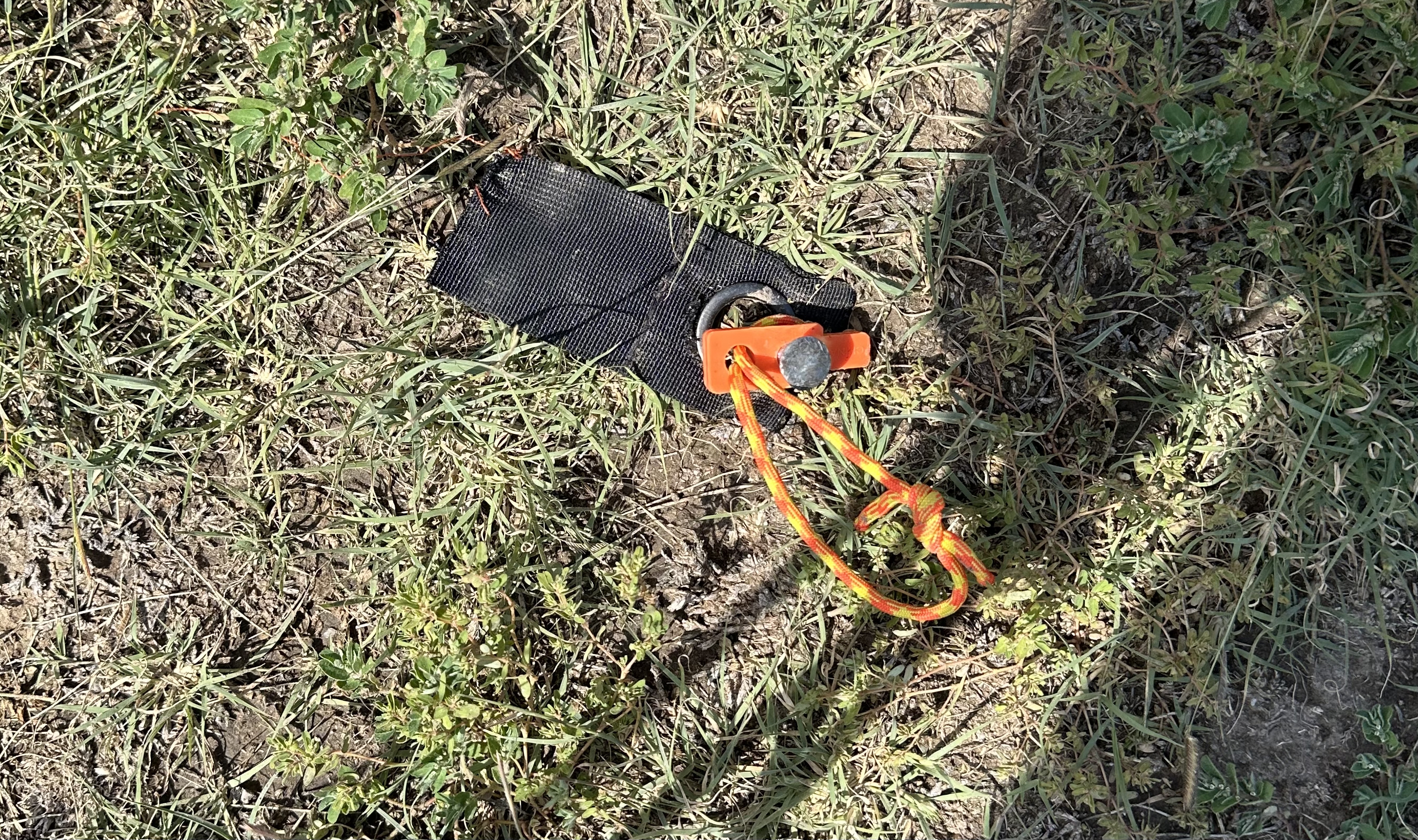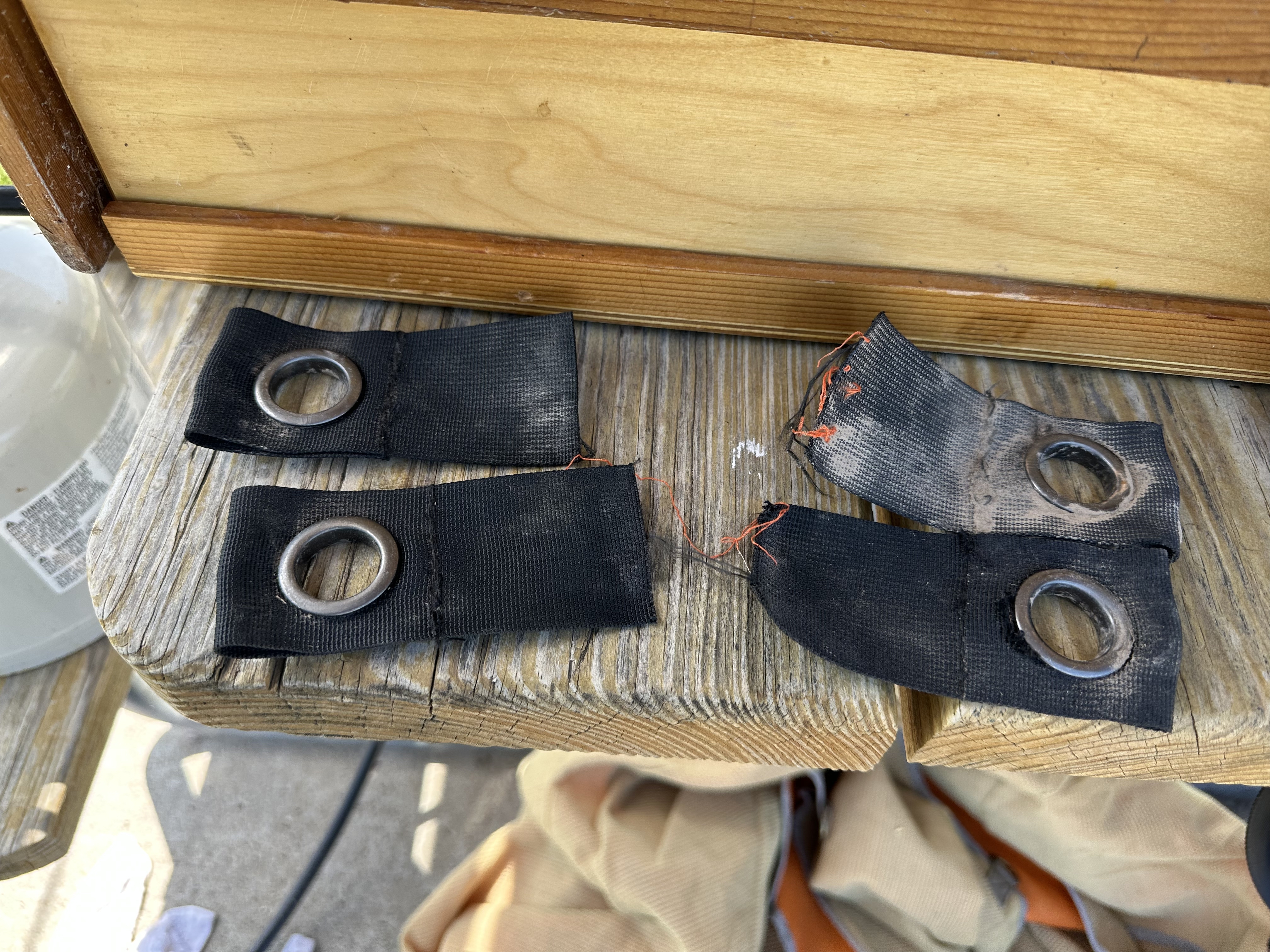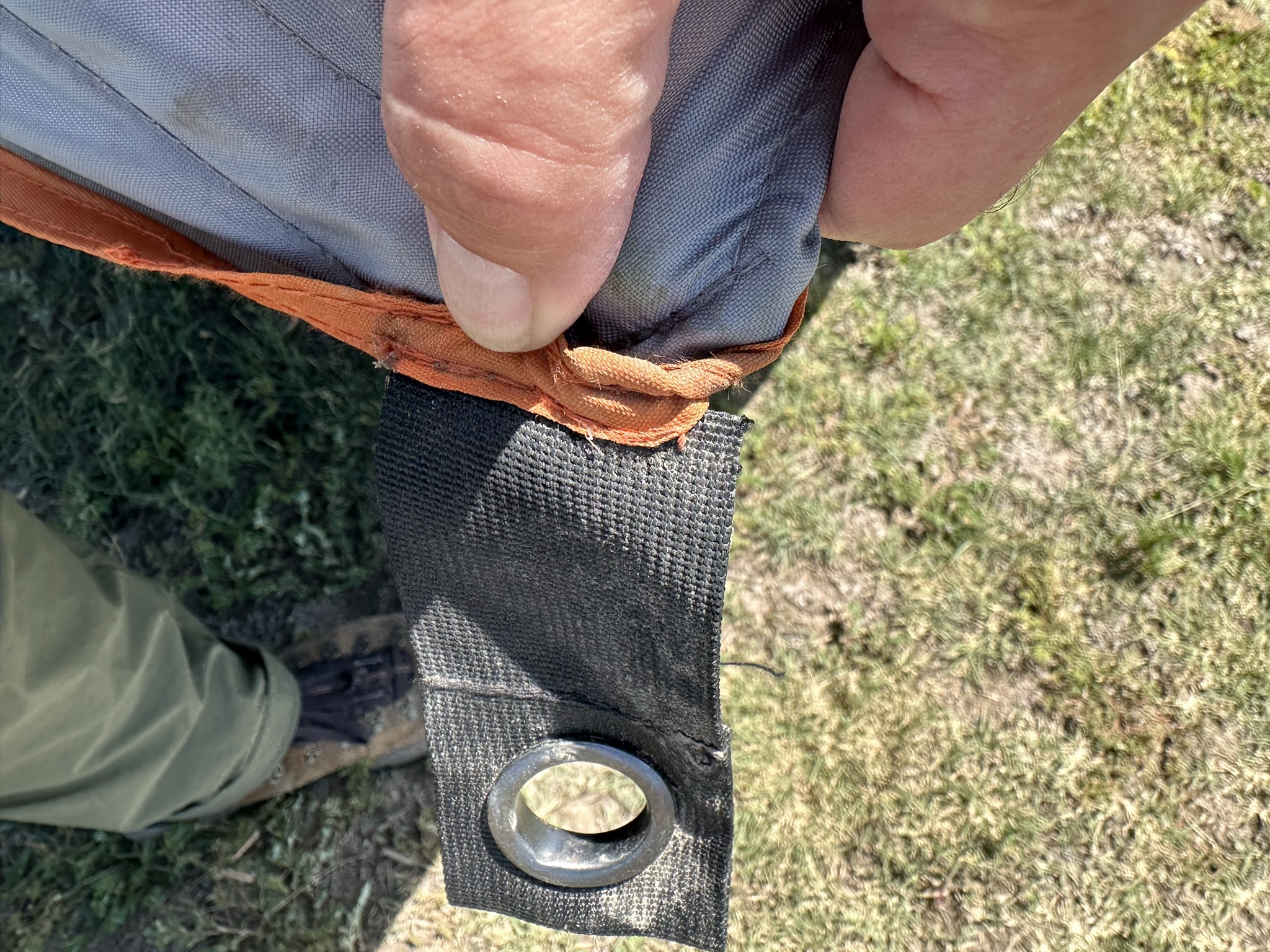There’s an old joke about a guy who goes to see a psychiatrist and he’s complaining about the wild nightmares he’s having. “One night I dreamt I was a teepee!” He said. “The next night I dreamt I was a wigwam! What’s wrong with me doc?” The Dr. paused for a moment, and then said “Well, it sounds like maybe you’re just too tense.”
Thanks folks, I’m here all night!
Anyway, we’re planning a new trip for this year where we’ll be camping our way around and we need to get a new tent. The place we’re going is likely to be remote and windy, and the tent we used last time probably isn’t up to it, and in any case the fam is not a fan.
So I’ve been looking at the Springbar tents, mainly the Skyliner because it is the largest, has a nice layout, and is ready for a stove.
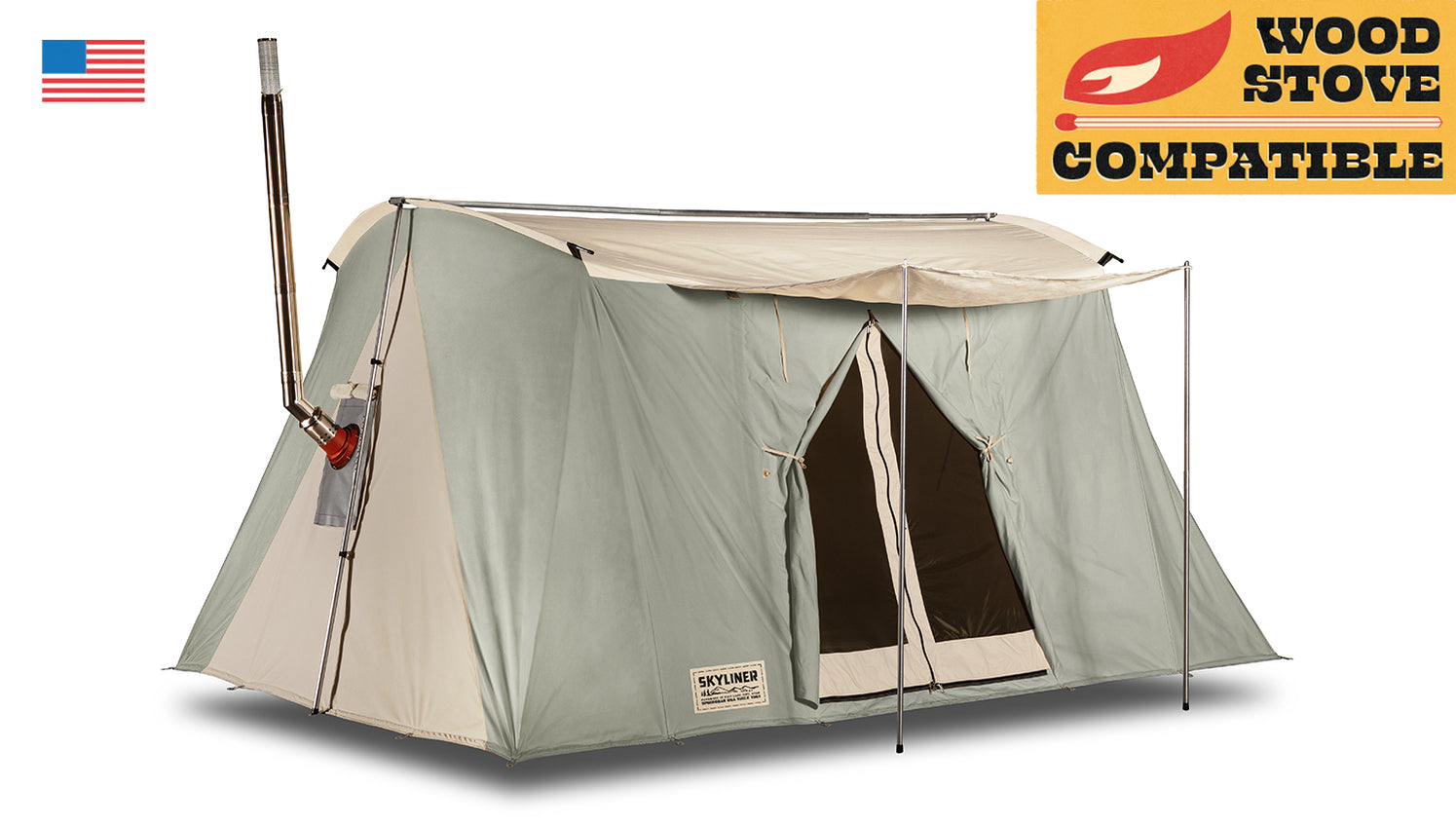
But my minimalist side wants a Traveler because it will be much less expensive, lighter, smaller, and more proven.
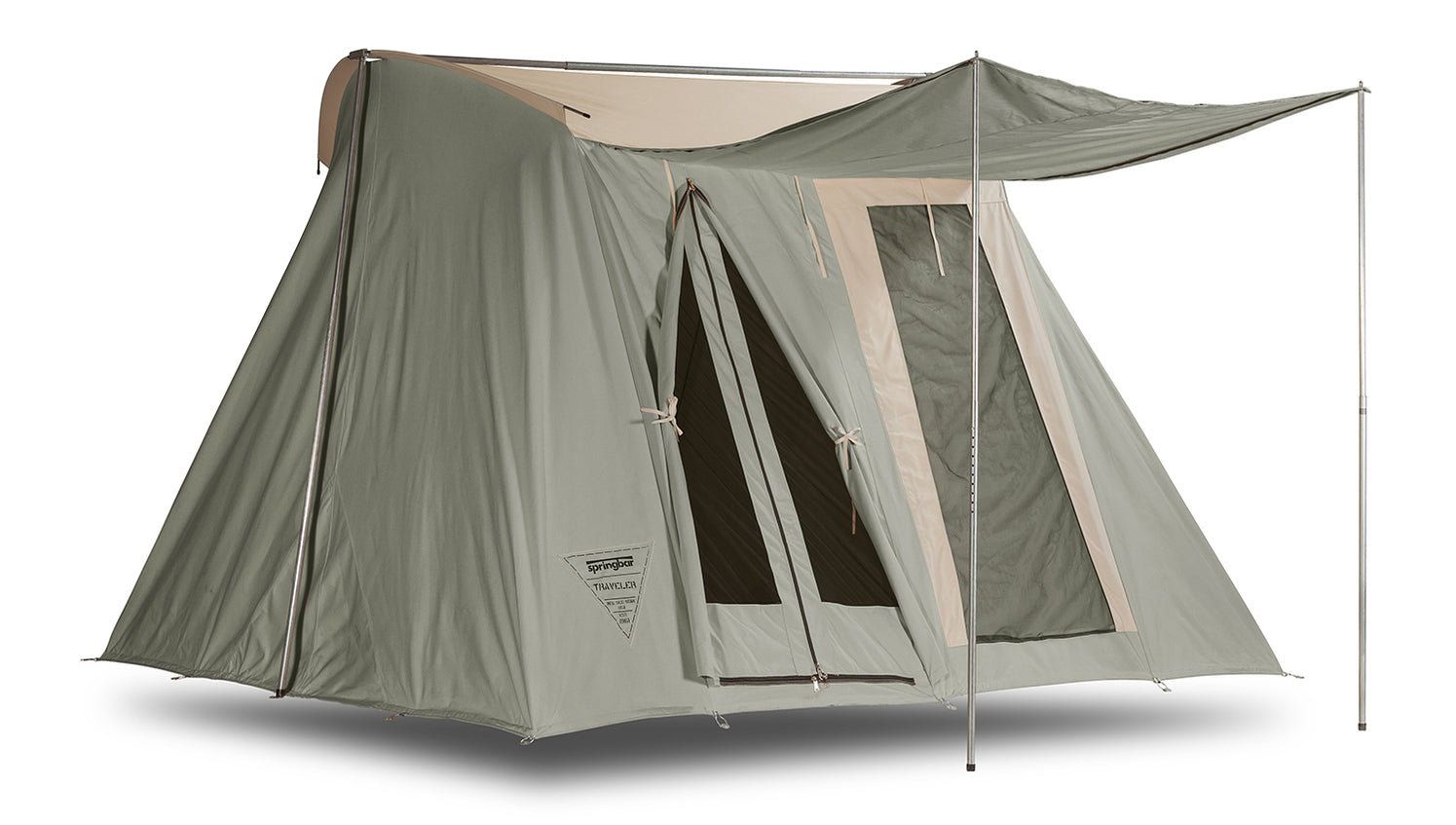
The roof on the Skyliner is a new design, and there are quite a few reports about water pooling due to ripples forming in the roof. It sounds like it’s a combination of an early design flaw using a pole that put too much tension on the roof, and more care needing to be taken with pitching the tent. I’m wary of that. Most people do not really rely on their tents – they go out to a campground and if it doesn’t work out they bail. There will be no bailing from this trip.
I’m looking at canvas because it is quiet. It doesn’t make as much noise as synthetics. Yes, it’s heavier, and more bulky. It also doesn’t require a fly or lots of guy lines. Plenty of evidence they can withstand strong wind. We toured their factory on our last trip, and I left certain I would own one someday.
Still, I’m tempted by the likes of the Snowpeak Land Lock or similar.
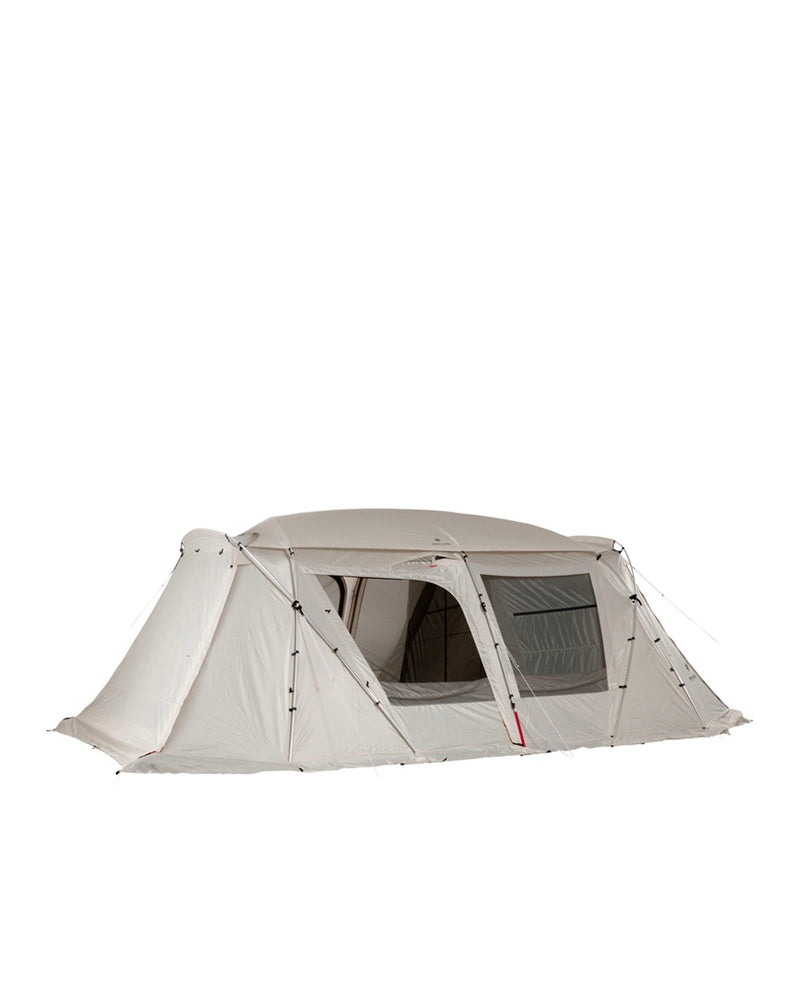
Huge – tons of vestibule space. But it’s synthetic, with lots of poles, and not simple to erect. No doubt it is strong enough. It’s about the same price as the Skyliner. It’s hard to tell because Snowpeak doesn’t put very much info on their site, and what’s there isn’t clear. They often casually mention that an inner tent is required…that might be hundreds more.
I haven’t made up my mind yet, because I’m not buying until we’re certain we’re going.
The Traveler is the best fit for the trip’s use case: Staying two nights max, so not really making home, just a crash pad. Least amount of stakes (screws, really) and no guy lines. Very proven design. And not too big for the 2-3 people we’re looking at for the future.
The Skyliner is more space, weight, bulk, stakes, and risk. But the extra floor space would be welcome if we end up stuck in the tent, and for future trips where we might stay somewhere for several days. But it’s overkill for a future of trips for 2-3 people, because we just don’t need that much space.
The Snowpeak is the biggest covered floor plan 20 feet by 13 feet, and they have a great reputation & cult following. The Springbars don’t have any kind of vestibule. The tent we took on our last trip didn’t either, and we didn’t miss it much.
Space, however, comes at another cost. Not all campgrounds have the space. One we stayed at in Moab wouldn’t have fit any of these tents.
The last choice is just take the tent we have. The manufacturer did send us a new fly, and I could re-attach the ground loops properly, and get some valium for the kids to take if there’s wind.




